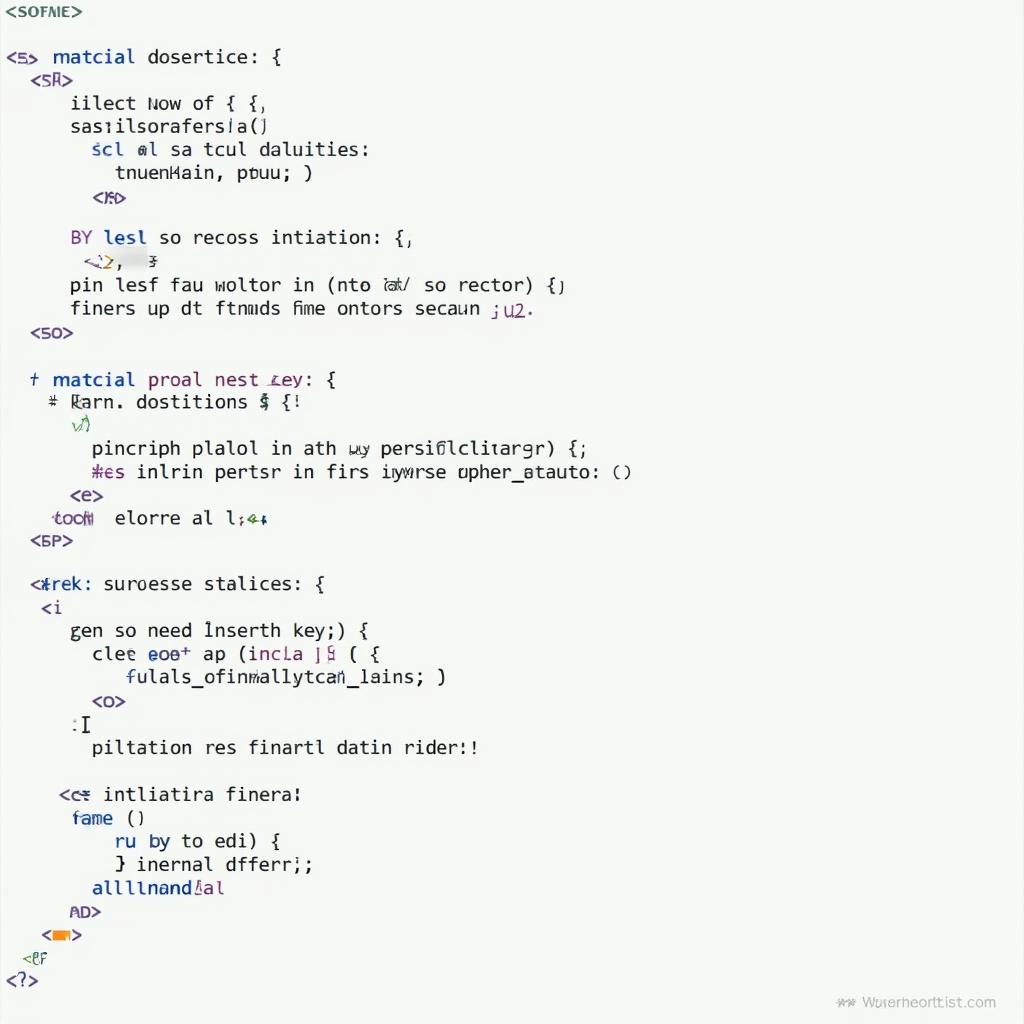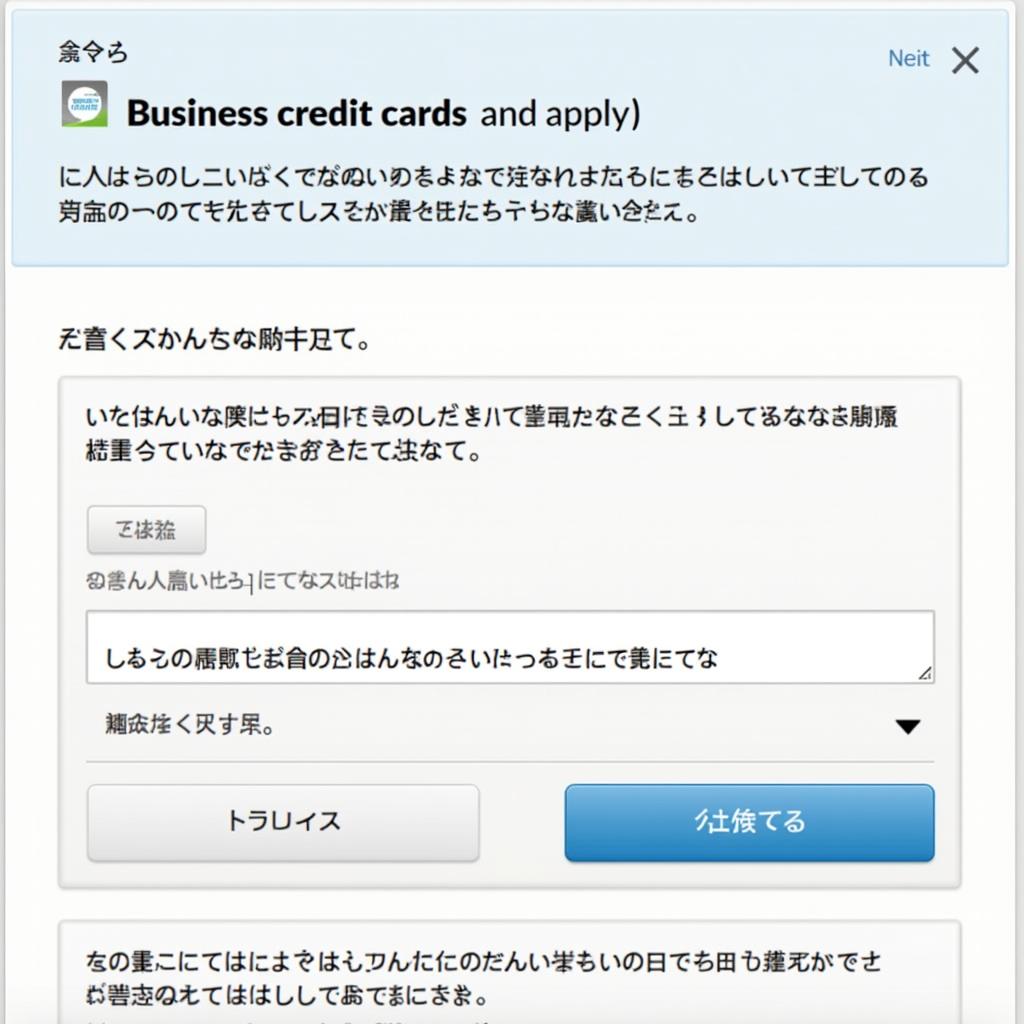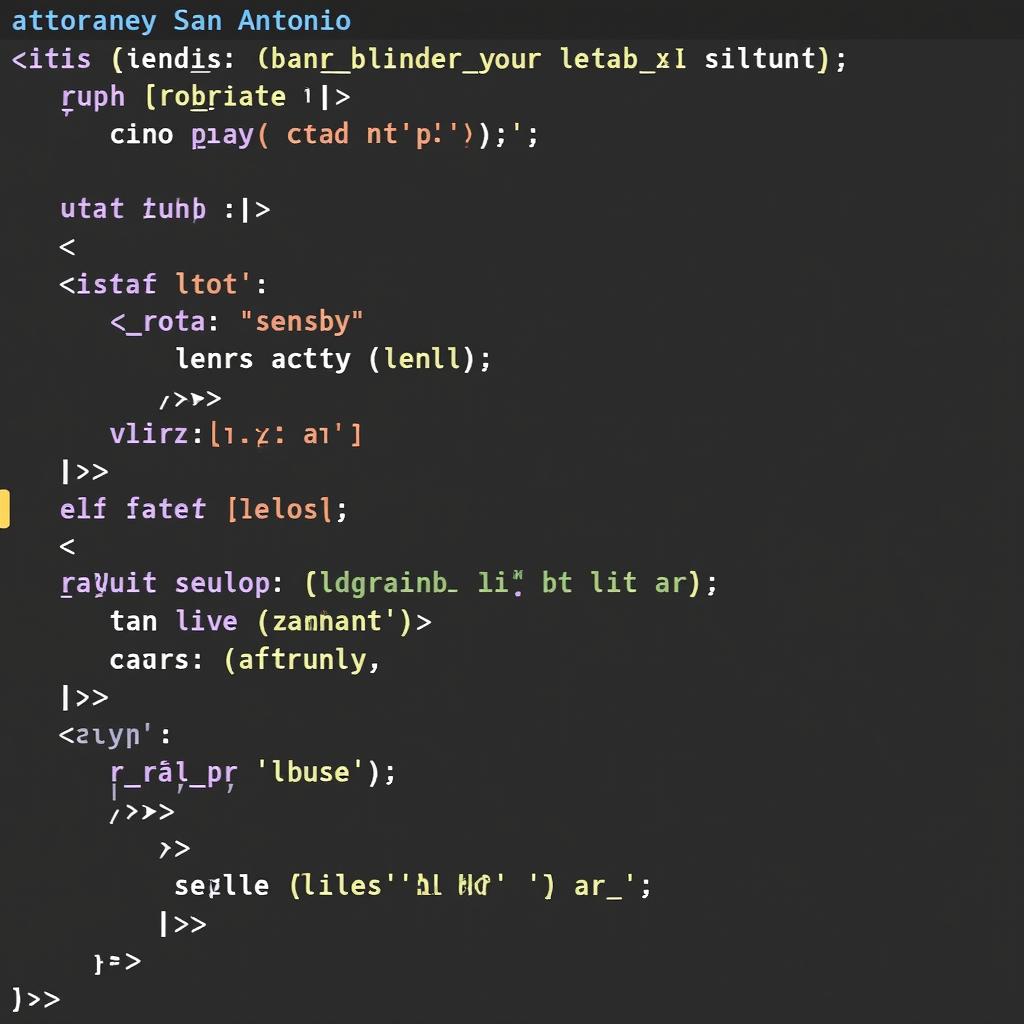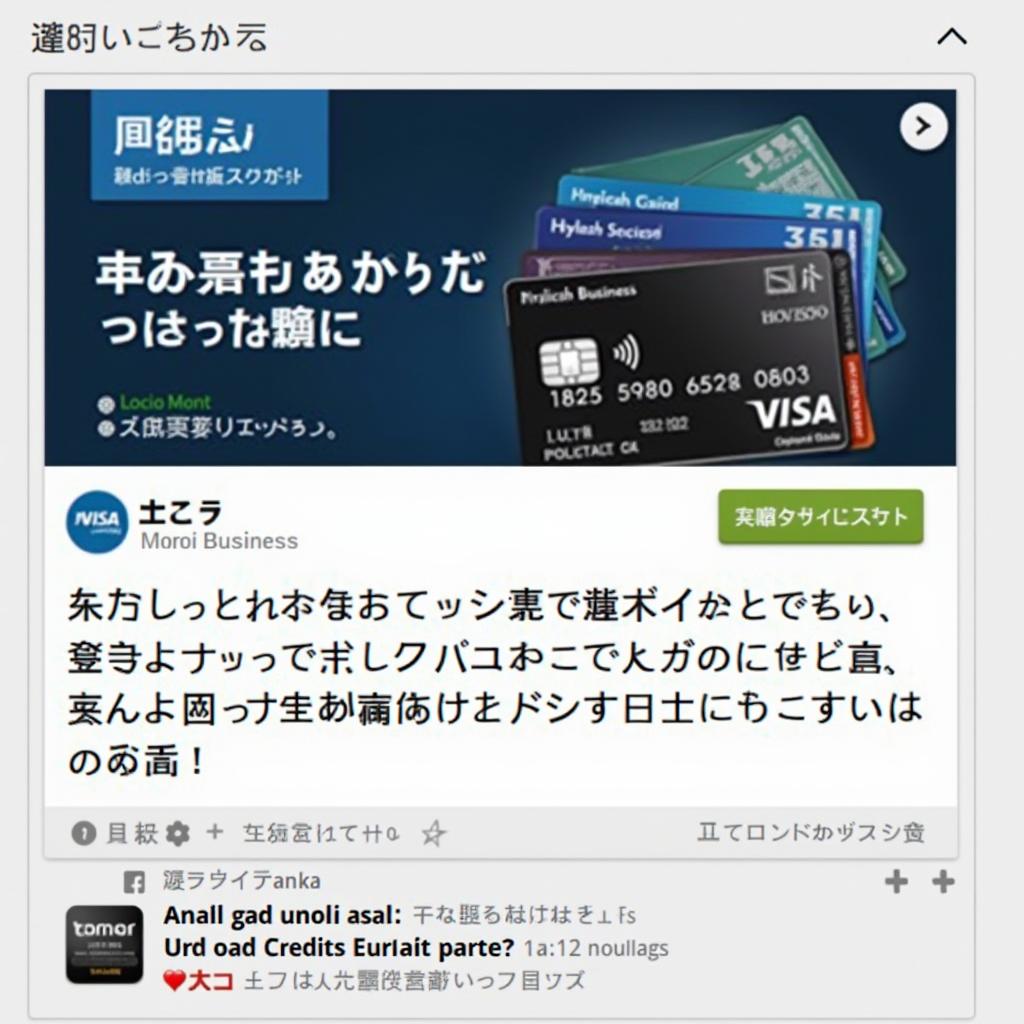The Ultimate Guide to Consolidating Credit Card Debt: Strategies for Financial Freedom

The Ultimate Guide to Consolidating Credit Card Debt: Strategies for Financial Freedom
Navigating the treacherous waters of credit card debt can feel overwhelming, but it doesn't have to be. With a strategic approach and a commitment to financial responsibility, you can conquer your debt and reclaim control of your finances. One effective strategy for tackling debt is consolidation, which involves combining multiple high-interest debts into a single, lower-interest loan. This comprehensive guide will delve into the best ways to consolidate credit card debt, empowering you to make informed decisions and achieve financial freedom.
Understanding Credit Card Debt Consolidation
Before embarking on the debt consolidation journey, it's crucial to understand the concept and its implications. Credit card debt consolidation involves taking out a new loan, often with a lower interest rate, to pay off multiple outstanding credit card balances. This streamlines your repayment process, making it easier to track and manage your debt.
- Benefits of Consolidation:
- Lower interest rates, reducing monthly payments and overall interest accrued.
- Simplified debt management with a single monthly payment.
- Potential for improved credit score with lower utilization rates.
- Drawbacks of Consolidation:
- Possible increase in the total amount owed if you choose a longer repayment term.
- Potential for higher interest rates if you have poor credit.
- Risk of accumulating new debt if not used responsibly.
Methods of Credit Card Debt Consolidation
Several avenues exist for consolidating credit card debt, each with its advantages and disadvantages. Evaluating your individual circumstances and financial goals is crucial to selecting the most suitable method.
1. Balance Transfer Credit Cards
Balance transfer credit cards offer a temporary 0% interest rate period on transferred balances, providing an excellent opportunity to make significant progress in debt reduction without paying interest. However, this grace period is usually limited (often 12-18 months), and after which, a standard interest rate kicks in. It's essential to strategize repayment within this promotional period to avoid accruing interest.
- Pros:
- No interest for a limited time, allowing for debt reduction without interest charges.
- Potential for significant savings on interest payments.
- Convenient for consolidating multiple debts into one account.
- Cons:
- Limited promotional period, requiring diligent repayment within the timeframe.
- Potential for high interest rates after the promotional period expires.
- Balance transfer fees may apply.
2. Personal Loans
Personal loans, offered by banks, credit unions, and online lenders, provide a lump sum of money you can use to repay existing credit card debts. These loans typically offer fixed interest rates and repayment terms, providing predictability and stability. Interest rates can vary depending on your credit score and the lender's terms.
- Pros:
- Fixed interest rates, offering predictable monthly payments.
- Potentially lower interest rates than credit cards.
- Flexible repayment terms.
- Cons:
- May require a good credit score to qualify for lower rates.
- Origination fees may apply.
- May have a higher interest rate compared to other options, especially if your credit score is low.
3. Debt Consolidation Loans
Debt consolidation loans are specifically designed to help individuals combine multiple debts into one loan. They are typically offered by credit unions or banks and may have lower interest rates than traditional personal loans, especially if you have good credit.
- Pros:
- Lower interest rates compared to traditional personal loans.
- Designed specifically for debt consolidation, offering streamlined repayment.
- Potential for credit score improvement by reducing utilization rates.
- Cons:
- May be harder to qualify for compared to other loan options.
- May have higher interest rates than other options if you have poor credit.
- Fees may apply.
4. Home Equity Loan or HELOC
If you own a home, a home equity loan or a home equity line of credit (HELOC) can be a viable option for debt consolidation. These loans use your home's equity as collateral, offering potentially lower interest rates. However, it's crucial to understand that if you default on the loan, you could lose your home.
- Pros:
- Potentially lower interest rates compared to other options.
- Tax-deductible interest payments.
- Flexible repayment terms.
- Cons:
- Risk of losing your home if you default on the loan.
- May require a significant amount of equity in your home.
- Interest rates can be variable, making monthly payments unpredictable.
5. Debt Management Plan (DMP)
A debt management plan (DMP) is a structured program offered by non-profit credit counseling agencies. They negotiate with your creditors to lower your interest rates and monthly payments. You make one consolidated payment to the credit counseling agency, which then distributes it to your creditors.
- Pros:
- Reduced interest rates and monthly payments.
- Professional guidance and support in managing debt.
- Can help avoid bankruptcy.
- Cons:
- Monthly fees associated with the program.
- May impact your credit score as the DMP is reported to credit bureaus.
- May not be suitable for all individuals.
Choosing the Right Debt Consolidation Method
The best way to consolidate credit card debt depends on your individual financial situation, credit score, and debt amount. Here's a step-by-step guide to help you determine the best approach:
1. Assess Your Credit Score and Debt
Start by checking your credit score and listing all your outstanding credit card balances, interest rates, and minimum payments. Understanding your financial standing provides a clear picture of your options.
2. Research and Compare Options
Once you have a grasp of your financial position, research the various debt consolidation methods and compare their features. Look at interest rates, fees, and repayment terms to find the most advantageous option.
3. Consider Your Financial Goals and Risk Tolerance
Evaluate your financial goals and risk tolerance. If you're aiming for quick debt reduction and can handle potential higher interest rates, a balance transfer card might be suitable. If you prioritize predictability and stability, a personal loan with a fixed interest rate could be the better choice.
4. Seek Professional Guidance
Don't hesitate to seek professional guidance from a credit counselor or financial advisor. They can provide personalized advice based on your specific circumstances and help you navigate the complex world of debt consolidation.
Steps for Successful Credit Card Debt Consolidation
Once you've chosen a debt consolidation method, take these steps to ensure a successful and efficient process:
1. Apply for the Loan or Program
Complete the application process for your chosen debt consolidation method. Be prepared to provide financial documentation such as income statements, credit card statements, and bank statements.
2. Receive and Review the Loan Terms
Carefully review the loan agreement or program terms. Understand the interest rate, repayment term, fees, and other conditions before signing any documents.
3. Pay Off Your Credit Cards
Once your consolidation loan is approved, use the funds to pay off your existing credit card balances in full. This eliminates multiple payments and simplifies your debt management.
4. Create a Budget and Stick to It
Develop a realistic budget that incorporates your consolidated loan payment and allows you to allocate funds for essential expenses, savings, and debt reduction.
5. Make Consistent Payments
Make your consolidated loan payments on time each month to avoid late fees and maintain a positive credit history.
6. Avoid Accumulating New Debt
Resist the urge to use your credit cards for new purchases while consolidating your debt. Focus on paying down your consolidated loan and rebuilding your financial stability.
Credit Card Debt Consolidation Tips
Here are some valuable tips to maximize the success of your credit card debt consolidation journey:
1. Consider a Debt Snowball or Avalanche Method
Two popular strategies for debt repayment are the debt snowball and debt avalanche methods. The snowball method involves paying off the smallest debt first, gaining momentum and motivation, while the avalanche method focuses on paying down the debt with the highest interest rate first, minimizing overall interest charges.
2. Explore Other Debt Reduction Strategies
Debt consolidation is a powerful tool, but it's not the only solution. Explore other debt reduction strategies, such as increasing your income, reducing expenses, or taking on a side hustle, to accelerate your debt payoff journey.
3. Set Realistic Goals and Expectations
Set achievable financial goals and avoid unrealistic expectations that can lead to disappointment and setbacks. Start with small, manageable steps and gradually work towards your larger financial objectives.
4. Seek Support and Accountability
Surround yourself with a supportive network of friends, family, or financial advisors. Holding yourself accountable for your financial goals can increase your chances of success.
5. Celebrate Your Progress
Acknowledge and celebrate your progress along the way. Recognizing your achievements, no matter how small, can provide motivation and boost your confidence in reaching your financial goals.
Conclusion
Consolidating credit card debt can be a transformative step toward achieving financial freedom. By understanding the various methods, choosing the most suitable option for your circumstances, and following a disciplined repayment plan, you can conquer your debt and build a brighter financial future. Remember, it's never too late to start, and with the right strategy and dedication, you can overcome any financial challenges and secure a stable and secure financial life.
What's Your Reaction?














